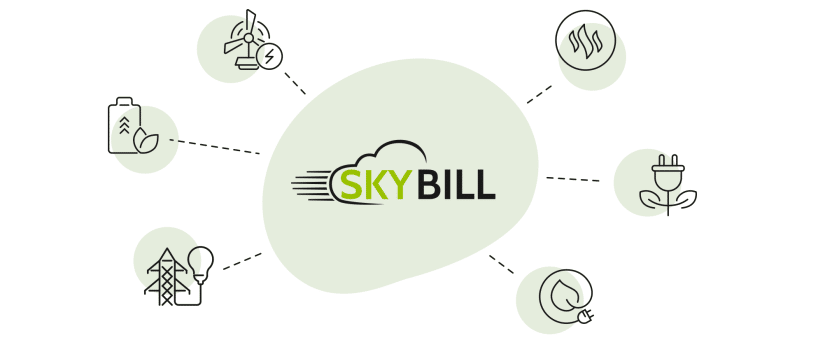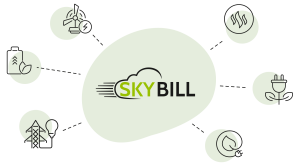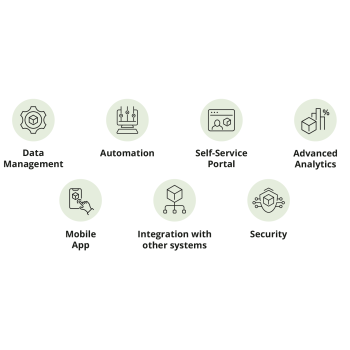
Why legacy utility billing system is not enough anymore?
- 0 Comments
Utility providers, such as electric, gas, and water companies, rely on billing systems to charge customers for the services they provide. Historically, these systems have been based on legacy technology, which has its own set of limitations and drawbacks. Recently, however, a new type of system has emerged: the Customer Information System (CIS). In this blog post, we’ll explore the key differences between legacy billing systems and CIS, and how these differences can impact the operations and customer service of a utility provider.
Legacy Billing Systems
Legacy billing systems are typically based on older technology, such as mainframe systems or client-server architecture. These systems have been in use for many years and have been customized over time to meet the specific needs of a utility provider. However, because they are based on older technology, they have certain limitations. For example, they may not be able to handle large amounts of data, they may not be able to interface with other systems, and they may not be able to provide real-time information.
One of the biggest limitations of legacy billing systems is that they are typically not designed to handle the large volumes of data that are generated by modern utility providers. This can make it difficult for utility providers to get a complete picture of their customers’ usage patterns, which can make it difficult to identify problems and opportunities for improvement. Additionally, legacy billing systems may not be able to interface with other systems, such as customer relationship management systems or geographic information systems, which can make it difficult for utility providers to share information and collaborate with other departments.
Another limitation of legacy billing systems is that they may not be able to provide real-time information. This can make it difficult for utility providers to respond quickly to customer inquiries or to detect and address problems as they arise. Additionally, because these systems are based on older technology, they may not be able to take advantage of newer technologies, such as cloud computing or mobile devices, which can make it difficult for utility providers to be as responsive as they need to be.
Customer Information Systems (CIS)
In contrast to legacy billing systems, CIS are designed to handle the large volumes of data that are generated by modern utility providers. They can provide a complete picture of a customer’s usage patterns, which can help utility providers identify problems and opportunities for improvement. Additionally, CIS can interface with other systems, such as customer relationship management systems or geographic information systems, which can make it easier for utility providers to share information and collaborate with other departments.
One of the biggest advantages of CIS is that they can provide real-time information. This can make it easier for utility providers to respond quickly to customer inquiries or to detect and address problems as they arise. Additionally, because CIS are based on newer technology, they can take advantage of newer technologies, such as cloud computing or mobile devices, which can make it easier for utility providers to be as responsive as they need to be.
Another advantage of CIS is that they can be customized to meet the specific needs of a utility provider. For example, a CIS can be designed to handle the unique requirements of a utility provider’s billing or customer service processes. Additionally, CIS can be designed to handle the unique requirements of a utility provider’s customers, such as providing them with real-time information about their usage patterns, or providing them with self-service options.
Conclusion
Utility providers rely on billing systems to charge customers for the services they provide. Legacy billing systems are based on older technology, which has its own set of limitations and drawbacks, while CIS are designed to handle the large volumes of data that are generated by modern utility providers, they can provide a complete picture of a customer’s usage patterns and provide real-time information.
We have built Skybill Utility Billing to meet the needs of all types of utility companies. Skybill is a fully automated meter-to-cash solution for utilities, which can run your entire business efficiently in Cloud. Built on and incorporating Microsoft Dynamics 365 Business Central, it fully integrates your ERP and billing operations. As a web-based service, Skybill is accessible from any device (desktop, tablet, mobile), without installing any software.
Get in touch with us for a ”no sales pitch” live demo, free trial, or if you’re just searching for advice.




0 Comments